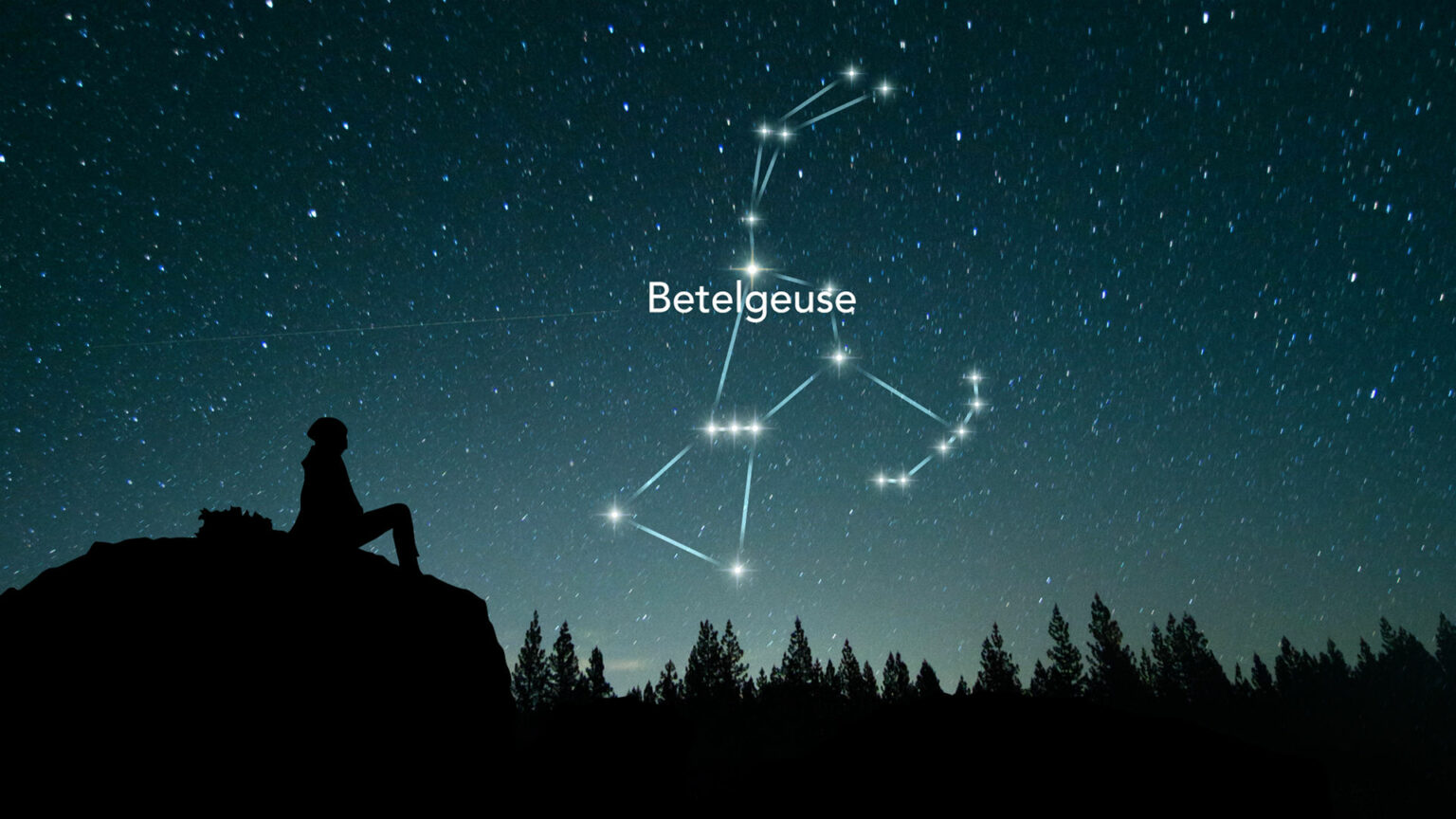When the Betelgeuse star began to fade rapidly in 2019, many thought that it would soon flare up as a supernova. However, over time, its luminosity recovered and scientists began to think about the cause of this phenomenon. Now there is a theory that it was caused by a black hole that passed near the star.

What overshadowed Betelgeuse
Betelgeuse is the brightest star in the constellation Orion. This is a red giant that has almost exhausted its hydrogen fuel and is preparing to shed its shell and begin to turn into a white dwarf. When its luminosity began to decrease rapidly at the end of 2019, many scientists assumed that the most intensive stage of this process had begun.
However, several months have passed and the luminosity of Betelgeuse has recovered. Since that time, scientists have been looking for an explanation of what it was. For some time, it has been considered proven that the cause of the blackout was a gas cloud that escaped from the surface of the star itself.
So far, there are no signs that it is about to shed its shell. Moreover, recent studies of ancient texts have shown that Betelgeuse turned into a red giant less than 2 thousand years ago. So we will have to wait for its explosion for a long time.
But recently a group of astronomers published an article on Betelgeuse in the Monthly Notices of the Royal Astronomical Society. There they suggested that its dimming could have been caused by some large object passing near the star.
Black Hole
As with any red giant, the outer layers of Betelgeuse’s atmosphere are extremely thin and strongly cooled compared to the interior of the star. Therefore, any uneven inflating of them in our direction will inevitably lead to a decrease in its brilliance.
The reason for such inflating may be the inflow forces from an object moving nearby. But for this, its mass must be comparable to Betelgeuse itself. And we definitely noticed most of these objects. Except for the black hole.
This was one that astronomers tried to explain the dimming of Betelgeuse. They created a computer model of this process, but it showed that from such a passage, the deformation of the star’s atmosphere would be too weak to lead to a 60 percent drop in brightness.
However, scientists have suggested that the black hole could cause other effects on the surface of the giant star. For example, an explosion could occur on it and, together with tidal inflation, this could really cause a grandiose dimming.
The drop in Betelgeuse’s brightness continues to remain a mystery to scientists. After all, for decades of watching it, they have not seen anything like it. And other red giants have not demonstrated such behavior so far.
According to www.space.com
Follow us on Twitter to get the most interesting space news in time
https://twitter.com/ust_magazine

